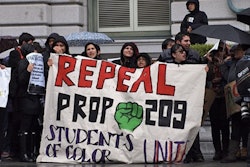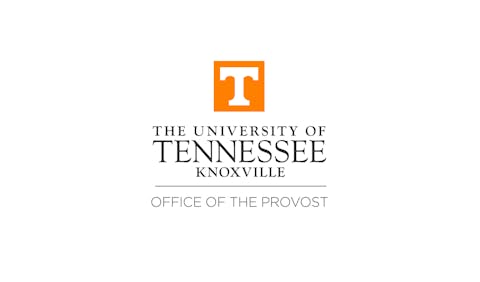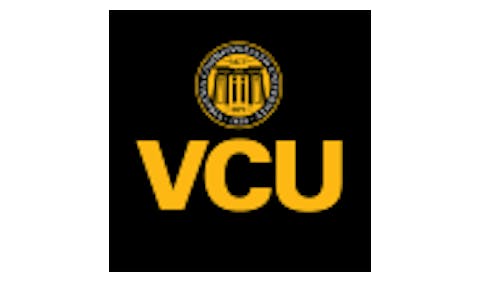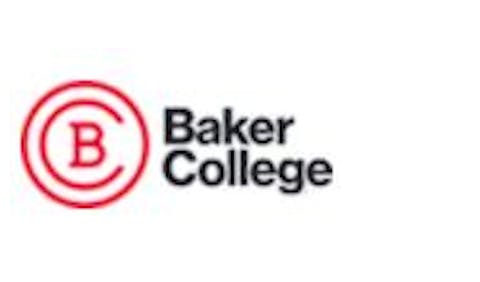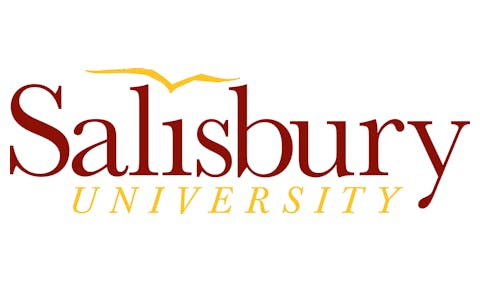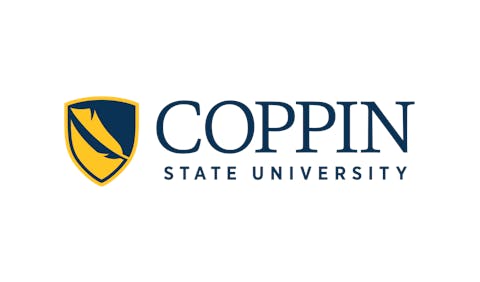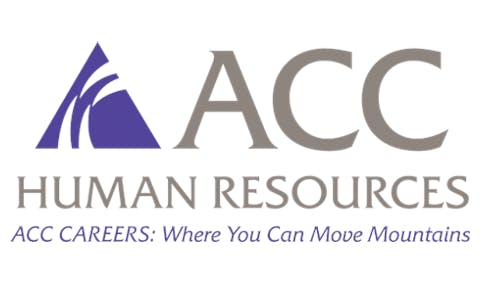A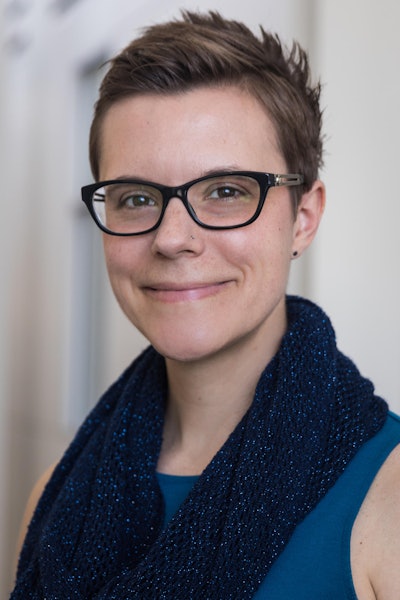 Dr. Laura Hamilton
Dr. Laura Hamilton
The research, which focuses on students from families that are both low-income and low-wealth—dubbed "dually-disadvantaged students"—reveals a critical blind spot in how states allocate financial aid. While income has long been the primary metric for determining need-based aid, the report argues that wealth is an equally important but largely overlooked factor in determining college access and success.
"Students who come from low-income and low-wealth families face unique barriers that current financial aid systems aren't adequately addressing," the researchers found. These dually-disadvantaged students are far less likely to attend or complete college than peers who may have low incomes but access to some family wealth. When they do enroll, they borrow substantially more than other students.
The report, supported by The Institute for College Access & Success and the Partnership for College Completion, examined how California, Illinois, and New York—three states that have committed to sustaining higher education funding as federal support wanes—could better serve these students.
"When we see how much states stand to benefit by providing greater support, it's a win-win," said Dr. Laura Hamilton, a professor of Sociology at the University of California, Merced and co-founder of the HERE Lab.
The researchers modeled the impact of a $5,000 need-based state grant specifically targeting students in the bottom third of income distribution with zero family wealth. The results demonstrate substantial returns on investment across all three states.
In California, such a grant would produce approximately 4,590 additional graduates per cohort of first-time students. While the program would cost $208.6 million per cohort, it would generate $966 million in economic benefits—a return of more than four dollars for every dollar invested.
New York would see approximately 1,550 additional graduates per cohort, with a program cost of $70.3 million yielding $378.3 million in economic benefits. Illinois would gain approximately 990 more graduates per cohort, investing $44.9 million to generate $153.7 million in economic returns.
The distinction between income and wealth has become increasingly critical in higher education access. While a family's annual income provides a snapshot of their current earnings, wealth—including savings, home equity, and other assets—reflects their ability to weather financial emergencies and invest in long-term opportunities like college education.
Current state aid programs in California, Illinois, and New York largely fail to account for this wealth dimension when determining student need, potentially leaving the most economically vulnerable students without adequate support.
The research comes at a pivotal moment as states grapple with their role in higher education funding amid federal pullbacks. The findings suggest that states can make strategic investments that not only advance equity but also generate substantial economic returns through increased degree completion and the resulting benefits of a more educated workforce.
For policymakers considering how to allocate limited resources, the report provides evidence that targeting aid based on both income and wealth could be one of the most effective strategies for expanding college access while maximizing economic impact.
"We wanted to get states talking about wealth inequality,"said Hamilton.







